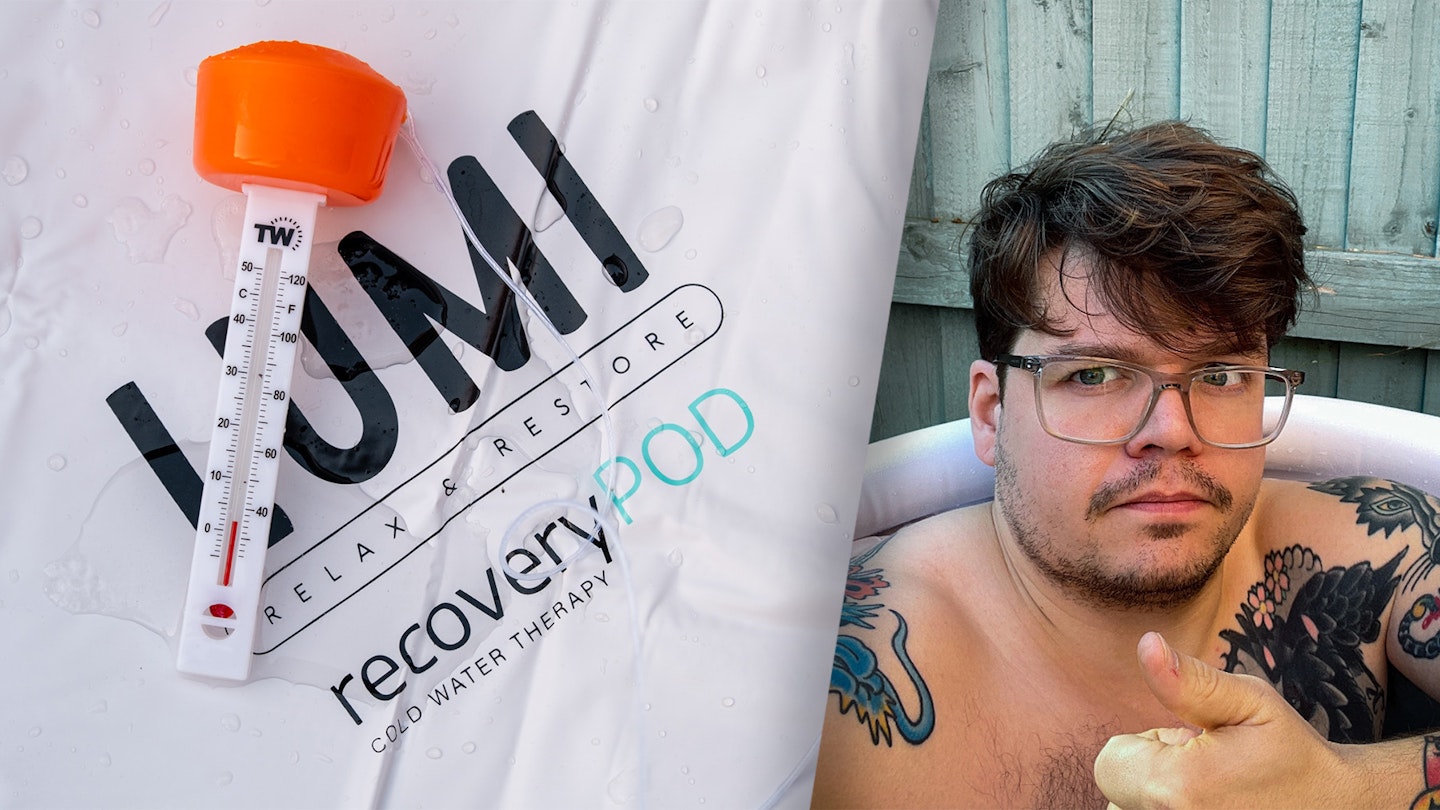What's the deal with cold water therapy tubs? If you’ve spent time within the health, fitness or wellness communities, you’ll know they are susceptible to fads. Driven by passion, enthusiasm and - let’s be honest - a desire to find a shortcut to fitness goals, trends come and go quickly in the fitness world. From juice cleanses to shake weights, many fads have appeared with great fanfare only to ride out of town because of unmet promises and non-existent scientific backing. Over recent years, cold therapy and recovery pods have grown in popularity. While this has all the hallmarks of a fad written all over it, a few things are going for it that appear, for the time being at least, to give it a stickiness that some other health and fitness trends have failed to attain.
The first two reasons for its stickiness are the rarest of things among popular fitness trends - scientific backing and what is the antithesis of a fad, a long history of application. The third is the increased prevalence, interest and acceptance of yoga-esque techniques, such as breathwork.
What we see today with the advent of consumer-ready cold water therapy pods is a merging of the two worlds - recovery and wellness. The merging of these two words piques my interest. So, I challenged myself to use a recovery pod for four weeks - in autumn.
Below, I’ll take you through the two elements that play most into the growth of cold therapy before exploring my direct experience.
Science of recovery: Cold Water Immersion
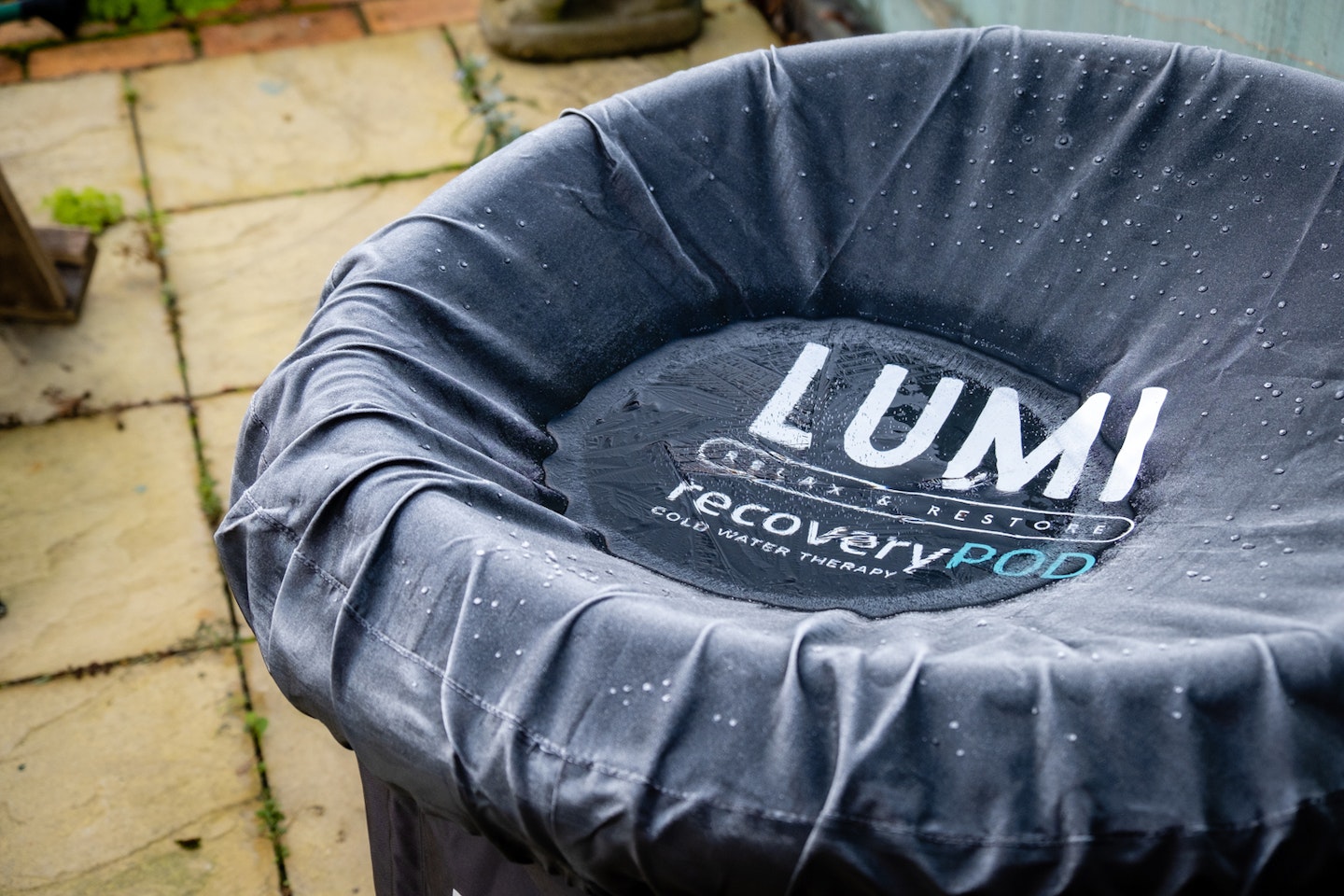
People have noted the physical benefits of Cold Water Immersion (CWI) for time immemorial - Ancient Greek philosopher Hippocrates was known to take chilly dips to ease his ailments, and there’s evidence Ancient Romans also used it. However, the first recorded use of cold water immersion in a modern sporting context is believed to have occurred in the 1930s and has grown in popularity - and scientific backing - since.
CWI is common after all athletic and sports training sessions, matches and races. The principle is that the cold can reduce inflammation, lessen muscle soreness, promote faster recovery and enhance performance. CWI can also benefit circulation, increasing blood flow, which delivers fresh oxygen and nutrients to damaged muscles, further aiding recovery.
As any fitness enthusiast knows, recovery is critical to repairing and rebuilding muscle, boosting hormone production and replenishing glycogen supplies. You grow and improve while you rest, and good rest can also reduce the risk of injury.
Thus, it is unsurprising that CWI should draw the eye of dedicated sports amateurs and gym-goers looking to maximise their performance and recovery.
But what’s the other half of the cold therapy coin?
First exposure: A sceptic encounters Wim Hof
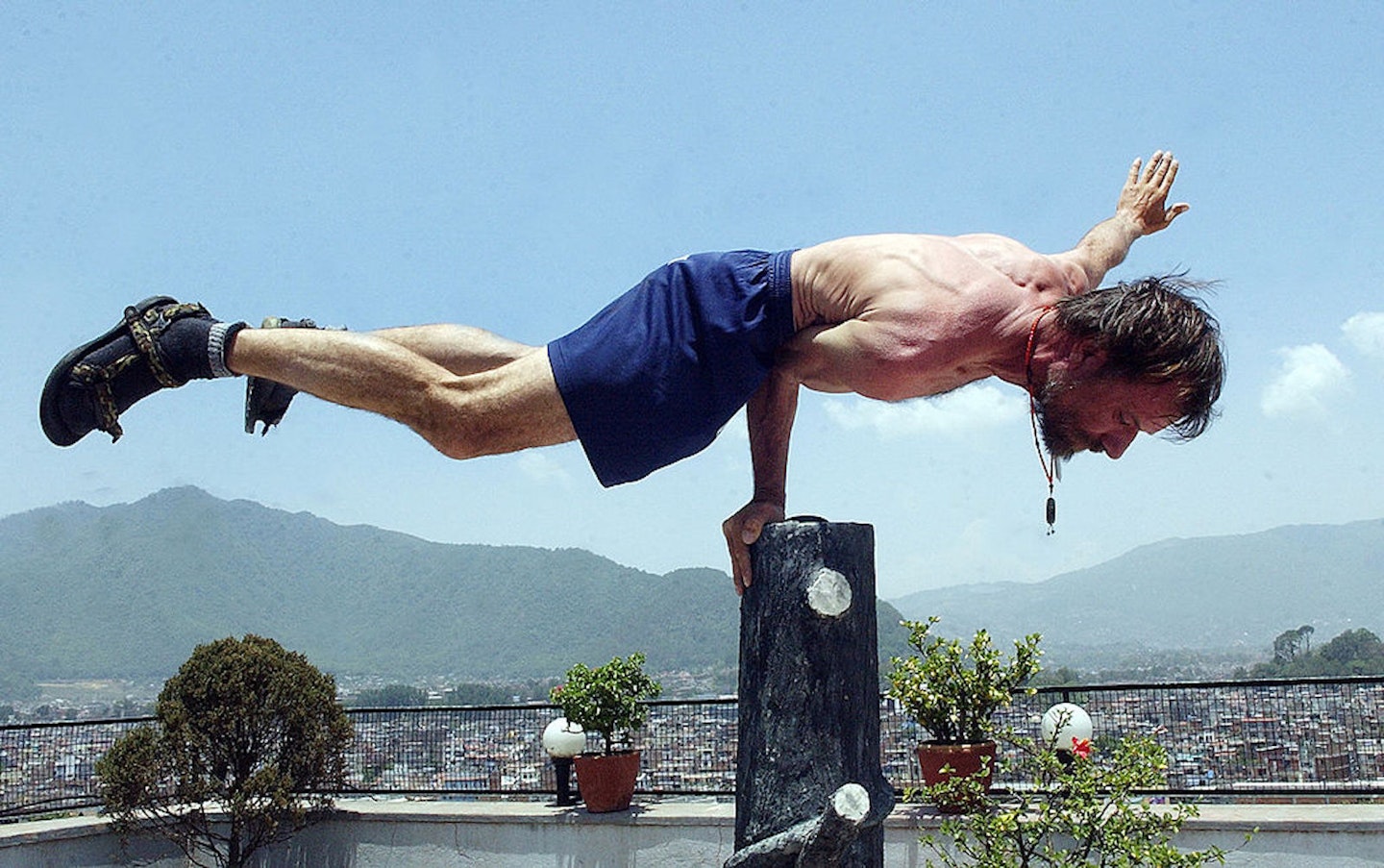
I don’t think I’m alone in being a bit sceptical when Wim Hof burst onto the scene. Hof, a Dutchman dubbed ‘The Iceman’ for his seemingly supernatural ability to withstand the extreme cold, has been a figure of interest for many years.
I first encountered him via Joe Rogan’s podcast in 2016 and again in 2017 when Hof was subject to a Vice documentary. He has accrued multiple Guinness world records in his time. Some notable feats include swimming under ice for 57 metres, running a half marathon barefoot through ice and snow, and climbing over 24,000ft of Mount Everest topless.
Undoubtedly, Hof is capable of incredible and extreme feats of temperature endurance. Still, his claims that anyone could attain his levels of mastery have always seemed a little far-fetched to the ever-sceptical me.
Regardless of my thoughts, more adventurous minds than mine sought to take Hof at his word and give the now-famed Wim Hof Method (WHM) a swing. While the scientific community’s jury is still out on some claims around the WHM and its relation to hyperventilation and the immune system, it has exposed more people to the power of deep and controlled breathing, meditational concepts and cold water therapy. No longer a fringe concern, cold water therapy and its purported benefits are now positively mainstream within the health, fitness and well-being communities.
So, fearing the bandwagon was leaving without me, I took the plunge and accepted a kind offer from Lumi to try a portable cold therapy tub for one month.
Taking the plunge: My rationale for testing cold baths
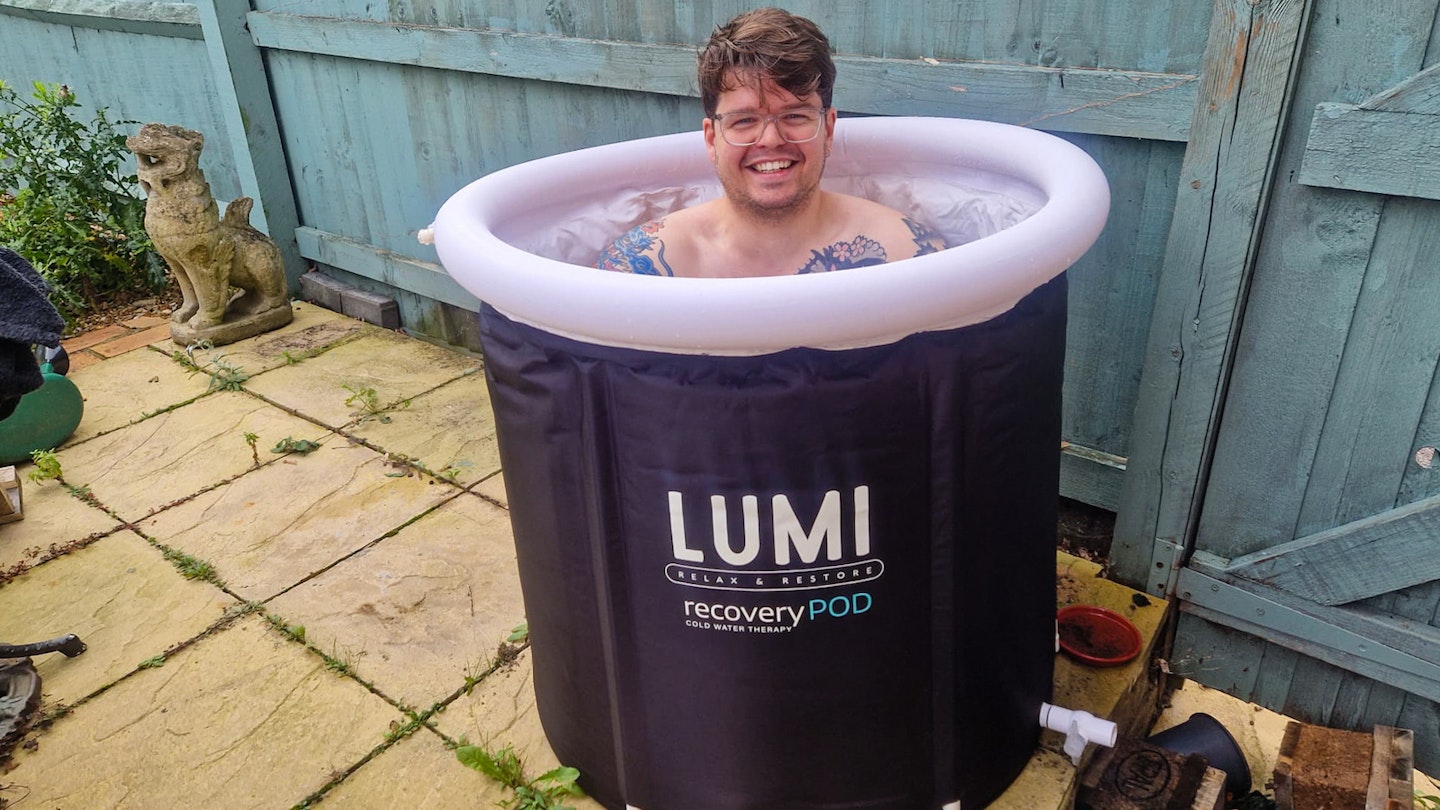
Fear of missing out wasn’t my only reason for trying out cold therapy. Now in my thirties, I worry that my muscles take a little longer to bounce back after a session than they used to.
Additionally, since first encountering Hof in 2016, I have become more accustomed to yoga techniques and better understand breathwork and its power over the mind and body. This is important to note: while I believe that Hof has impacted the popularity of cold therapy, I will not be following the Wim Hof Method. Instead, I will simply be working to control my breathing.
I will also be following the scientifically-backed range of anything under 15 degrees. In my case, most sessions were at a temperature of 10 degrees, with a low of three.
I took my first dip after setting up the Lumi Recovery Pod Portable Ice Bath in my garden. Following some advice from a Lumi video, I took steps before plunging to control my breathing to fight any shock reaction.
Here are my notes, written right after getting out:
25th October 2023: Mid-afternoon. Managed five minutes, controlled breathing. Smartwatch HR 55 bpm by the end. My lowest resting rate is 52, so it’s pretty close. Said, “I am concerned” and “Why am I such an idiot?” before I entered. Came out feeling wonderful. A flush of warmth and endorphins - can’t wait to go again. This was pre-workout, and I am looking forward to seeing how I feel doing one post-workout. Don’t know the temp - outdoors was 12 degrees, and the water had sat overnight.”
The following day, I went in post-workout:
26th October 2023: “Later in the evening after an intense pull day workout. It was tough to get in, especially with warmed muscles. It was soothing afterwards on my back, but in truth, I would have preferred to keep that post-workout feeling for long. I managed six minutes. The thermometer arrived today, and 10-degrees were confirmed.”
The following few days floated around a similar pattern - resistant to start, ultimately glad post-plunge that I’d done it. I also settled into mid-afternoon sessions rather than after workouts. Here’s what I said on the day I made this realisation:
30th October 2023: “Middle of the day, after a walk. Hurt my ankles and feet, but managed a full plunge right away. Sat for 8 minutes. A warm shower afterwards felt great. Midday seems like my time. Like all fitness stuff, the best one is the one that works for you and that you stick to.”
Later, I missed some days on account of some changes in my schedule:
9th November 2023: “A tough thing to return to after a couple of days off. Reluctant to restart, but glad I did. Sat for five minutes, eyes closed and breathing - it was good for my mind. Felt at peace.”
During this session, the breathwork locked in for me, and I felt a real sense of calm throughout. Much like a guided breathing session, my mind was totally at ease and in a meditative state. A delightful experience.
The next two days were… different.
10th November 2023: “A late evening dip to wake me up ahead of a night out.”
11th November 2023: “My first hungover dip. Much harder, stayed in too long and ended up shivering - which isn’t good - but felt rejuvenated after a long warm shower. I got the blood flowing for sure, but I would strongly advise against going for a long time in a compromised state.”
After a non-eventful week of five to ten-minute sessions, I again had some days away from the cold therapy.
20th November 2023: “Two days missed - It is hard to keep it up on days that your routine is thrown. Gym took precedence in my switched-up schedule, so I had to skip it. I did miss it, though.”
The thing I refer to missing here wasn’t the recovery process. I have balanced my weightlifting training to allow me to train five times weekly without overt soreness. I have also revamped my diet and sleep schedule, which helped my recovery speed improve tenfold ahead of integrating CWI.
But that doesn’t mean you won’t feel the physical benefits. In my view, CWI is best for endurance sportspeople and treatment after really intense exercise and exertion, such as long runs or rugby matches. Due to the length of such physical activity, you are depleting the resources in your muscles far more than after a 45-minute push day, for example. The cold helps bridge the gap between exercise and nutrition in such cases. In my case, this isn’t needed.
Final thought:
What I missed on the days I skipped a dip was the psychological benefits. While CWI hasn’t directly addressed muscle soreness, it has fostered a positive mental shift, providing a welcome energy boost and increased alertness. Given these positive outcomes, I’ll maintain CWI as part of my routine.
Related items:
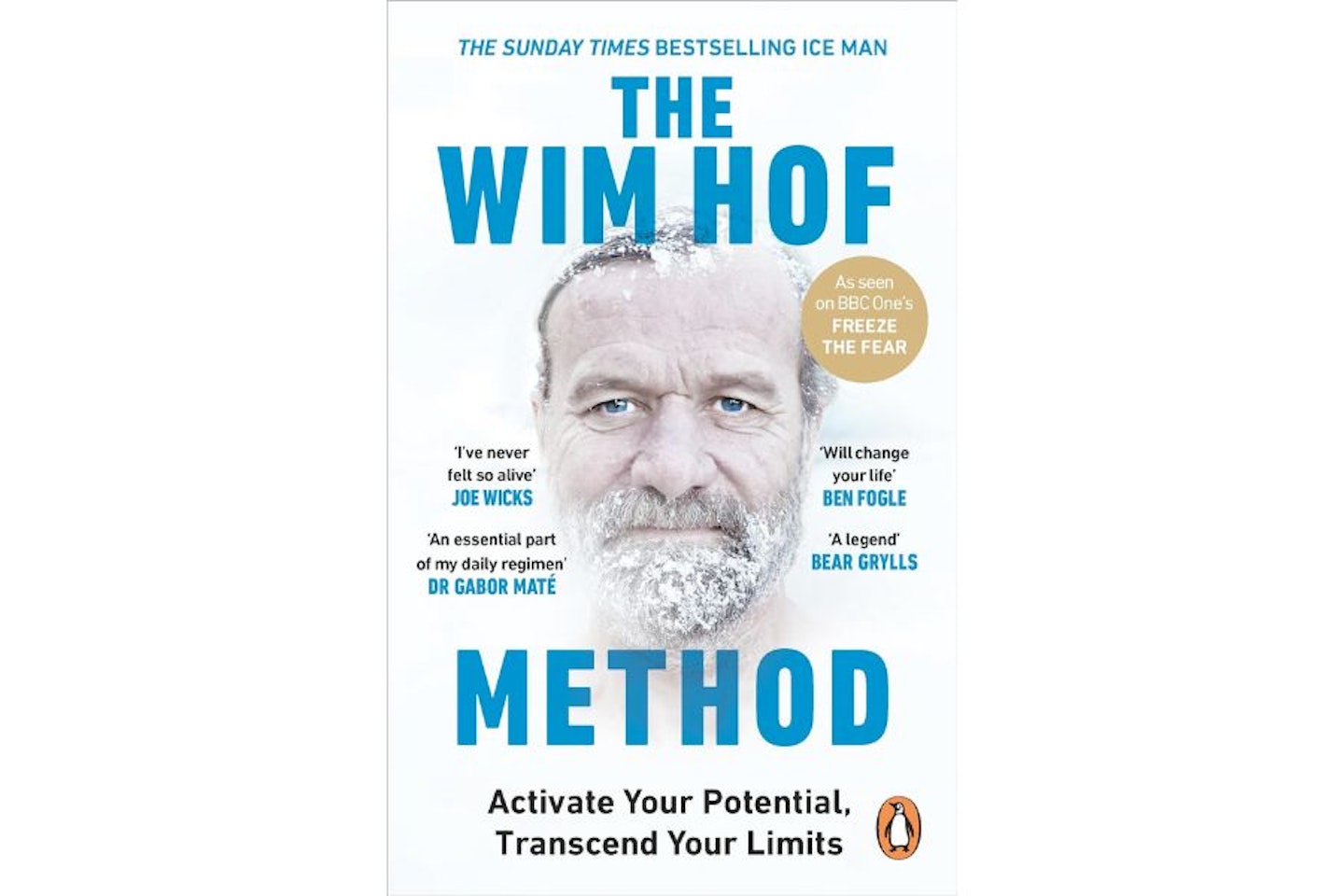
It's a book recommended by everyone from Joe Wicks to Bear Grylls.

Three methods for reducing stress, improving sleep, and increasing energy.
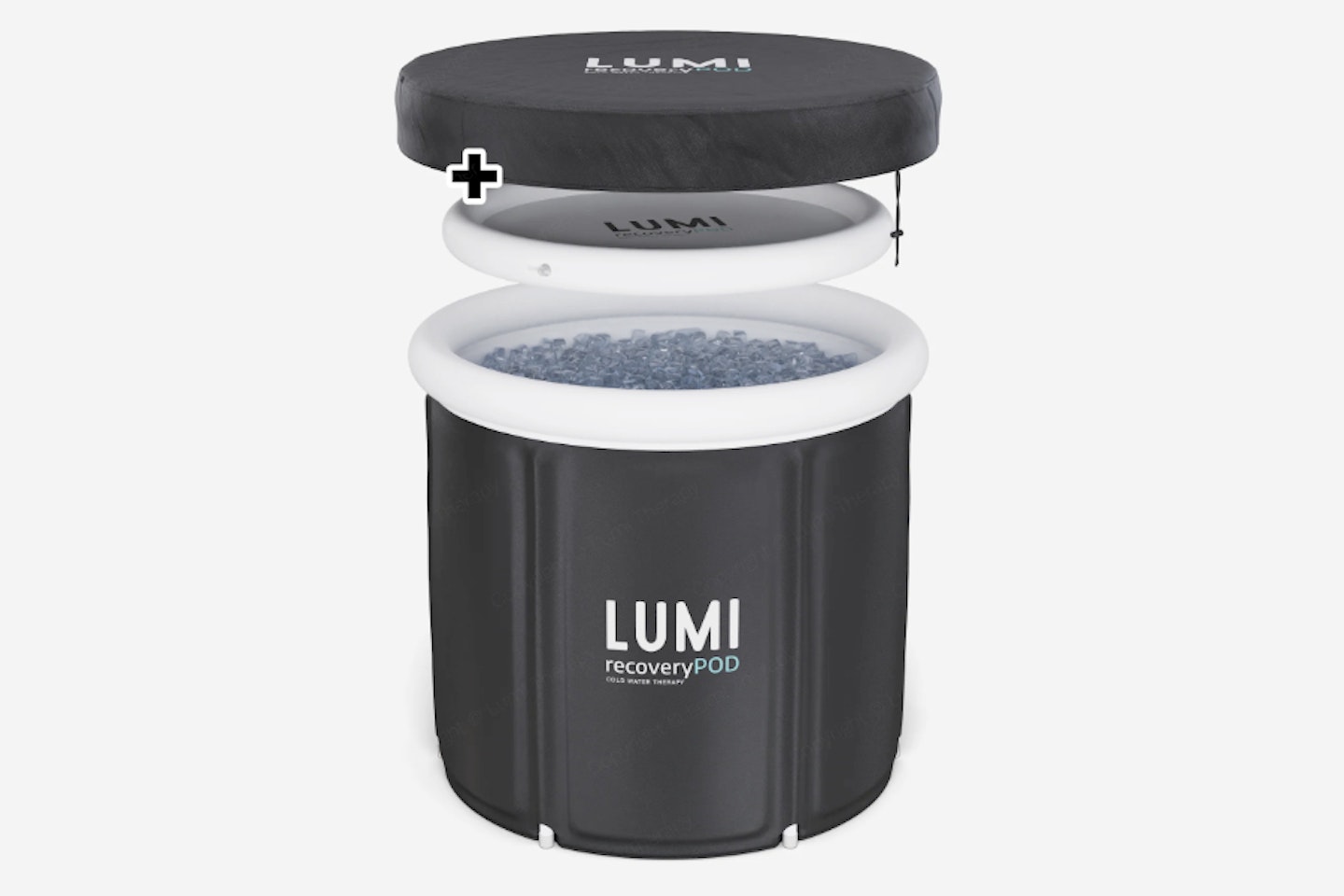
lumitherapy.co.uk
| Capacity | 360L |
| Diameter | 80cm |
| Height | 75cm |
| Weight | 3.5kg (empty) |
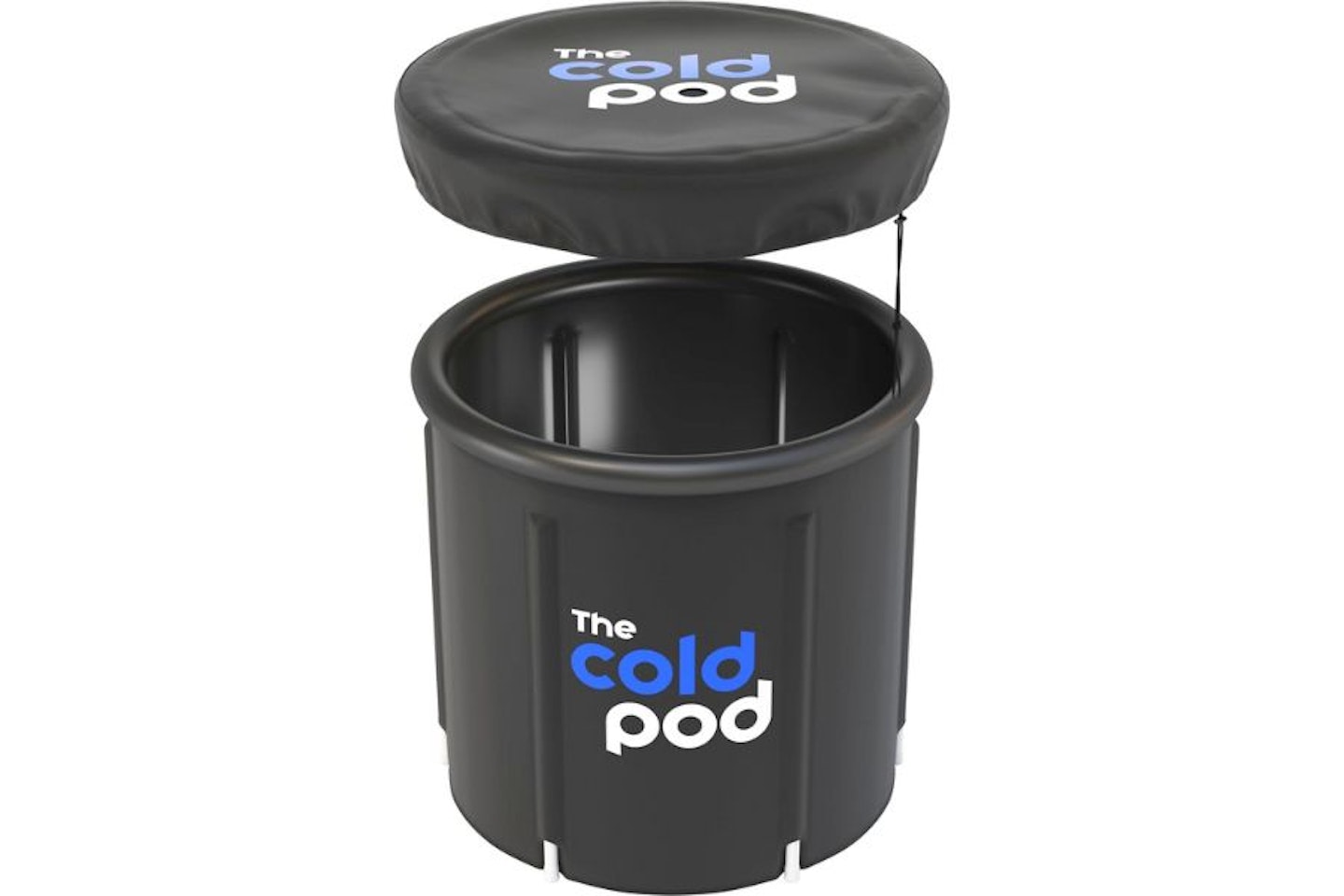
William Lobley is the Deputy Tech & Fitness Editor for What's The Best. Here, he oversees, curates and researches listicles and reviews as many products as his home office can handle.
He has spent nearly five years writing about tech, audio, outdoors and fitness and has reviewed everything from smartphones to ice baths. In addition, he's well-versed in sniffing out the best deals and savings the internet offers.
When not at his desk writing, reviewing or deal-hunting, he'll be relaxing with Japanese crime novels, bingeing some classic anime, strolling the countryside or at the gym listening to the heaviest metal Spotify has to offer.
Subscribe to the What’s The Best Newsletter to keep up to date with more of the latest reviews and recommendations from the rest of the What’s The Best team.
